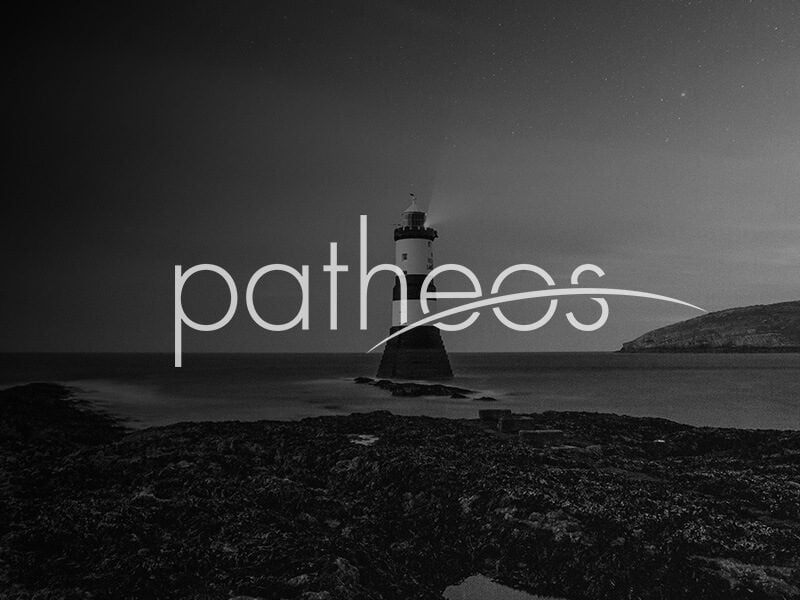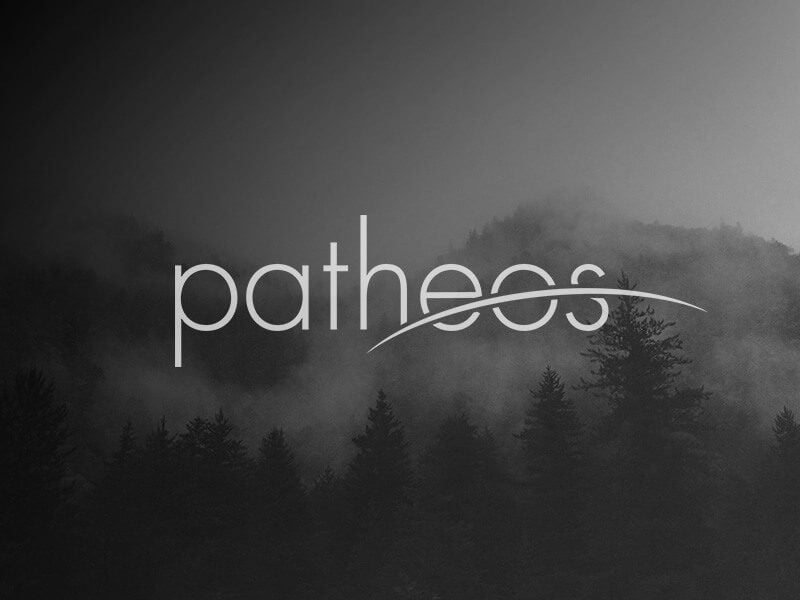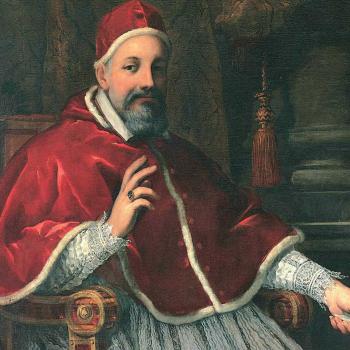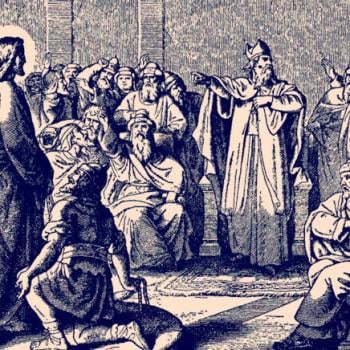In her “new history” of The Reformation, Lee Palmer Wandel offers a stark, sobering summary of the shattering effects of the Reformation. “By 1600, Europe was no longer ‘Christian.’ Some places were Lutheran, some, Catholic, some Reformed. Even if we recognize them all as Christian, they did not. Some sovereigns still looked to Rome as the head of all Christendom. One was a head of a church, of England, coterminous with her jurisdiction. Others governed lands where the Book of... Read more




















